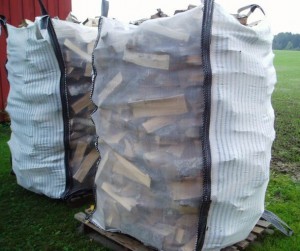The safety factor is the ratio between the maximum load capacity of a product and its rated design load. When testing the safety factor, it mainly looks at whether the FIBC (Flexible Intermediate Bulk Container) bag can carry multiple times its rated content, withstand repeated lifting, and if there are any abnormal conditions with the content or the bag, and if there is any damage at the connections. The safety factor is generally set at 5-6 times in similar domestic and international standards. FIBC bags with a safety factor of five times can be used safely for a longer period. By adding UV-resistant additives, the application range of FIBC bags can be expanded, making them more competitive. This is an indisputable fact.
There are various forms of connections between the lifting loops and the bag body, including top lifting, bottom lifting, and side lifting, which are all connected by stitching, thus making the stitching quite important. Depending solely on the high strength of the lifting loops, the base fabric and stitching may not reach a certain strength, and this cannot guarantee the overall high performance of the FIBC bags. FIBC bags primarily carry block-shaped, granular, or powdery items, and the physical density and looseness of the content have distinctly different effects on the overall outcome. When determining the performance of FIBC bags, it is important to conduct tests using products that are as close as possible to those that the customers intend to carry. This is what is written in the standards as “test-specific standard fillers”, which makes it possible to adapt technical standards to meet the challenges of the market economy as much as possible.
Post time: Jan-19-2024


